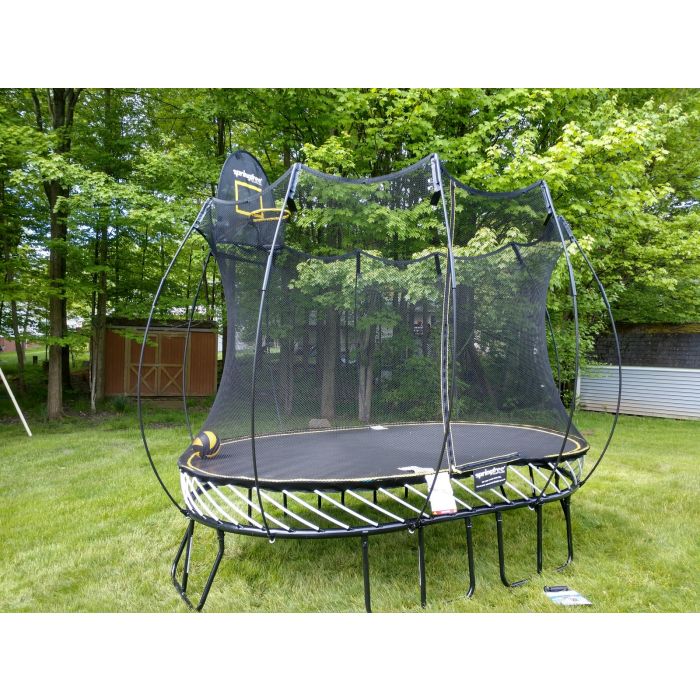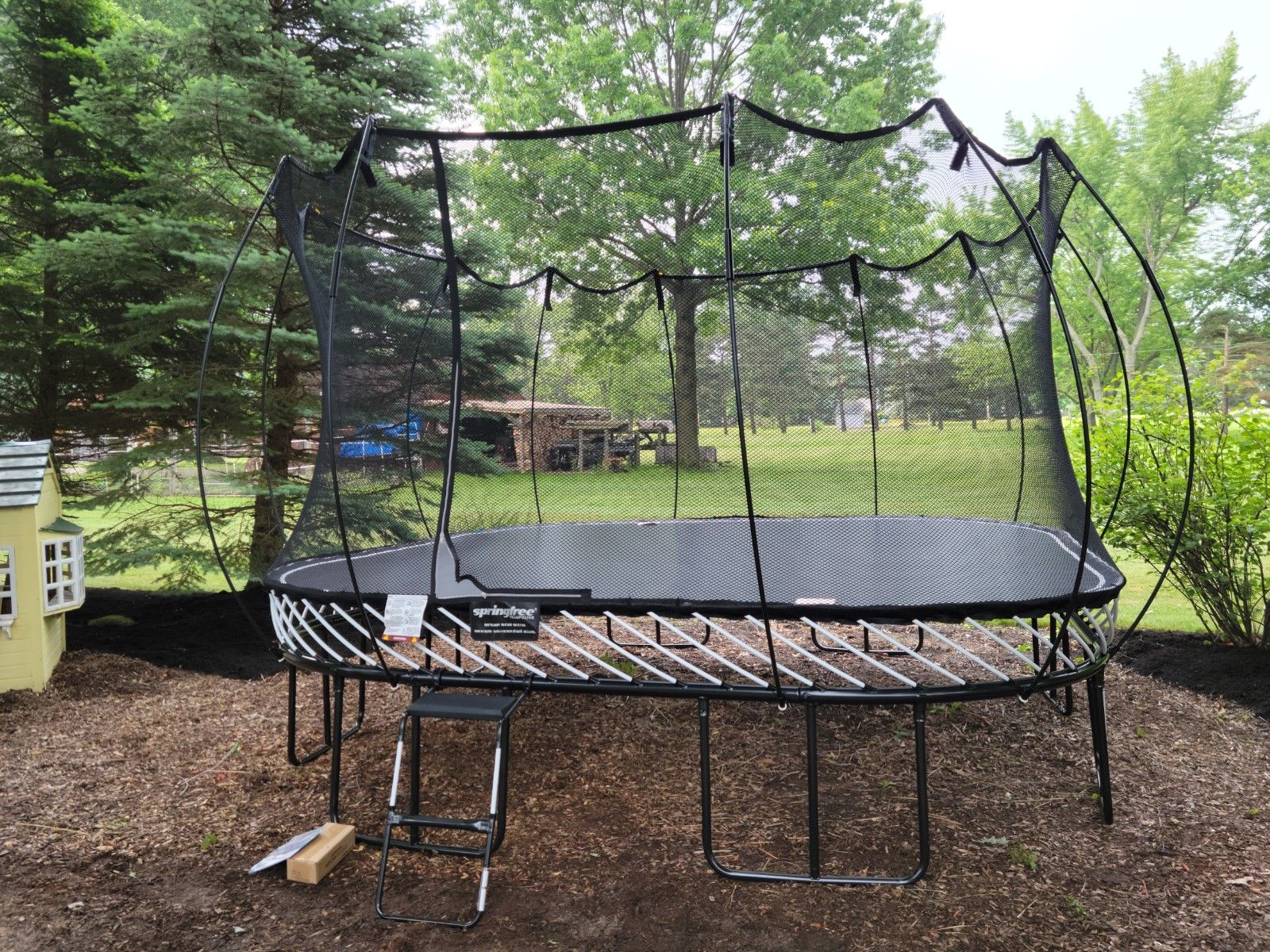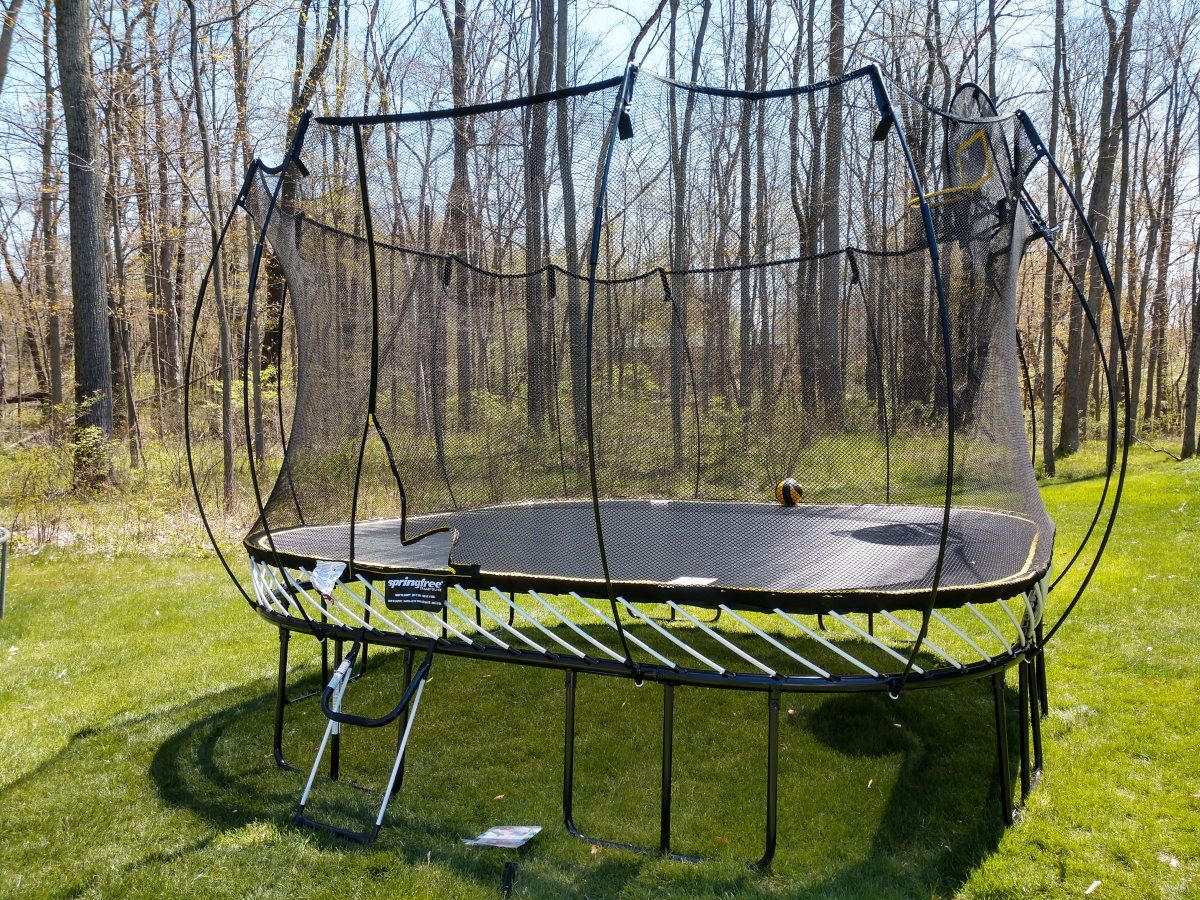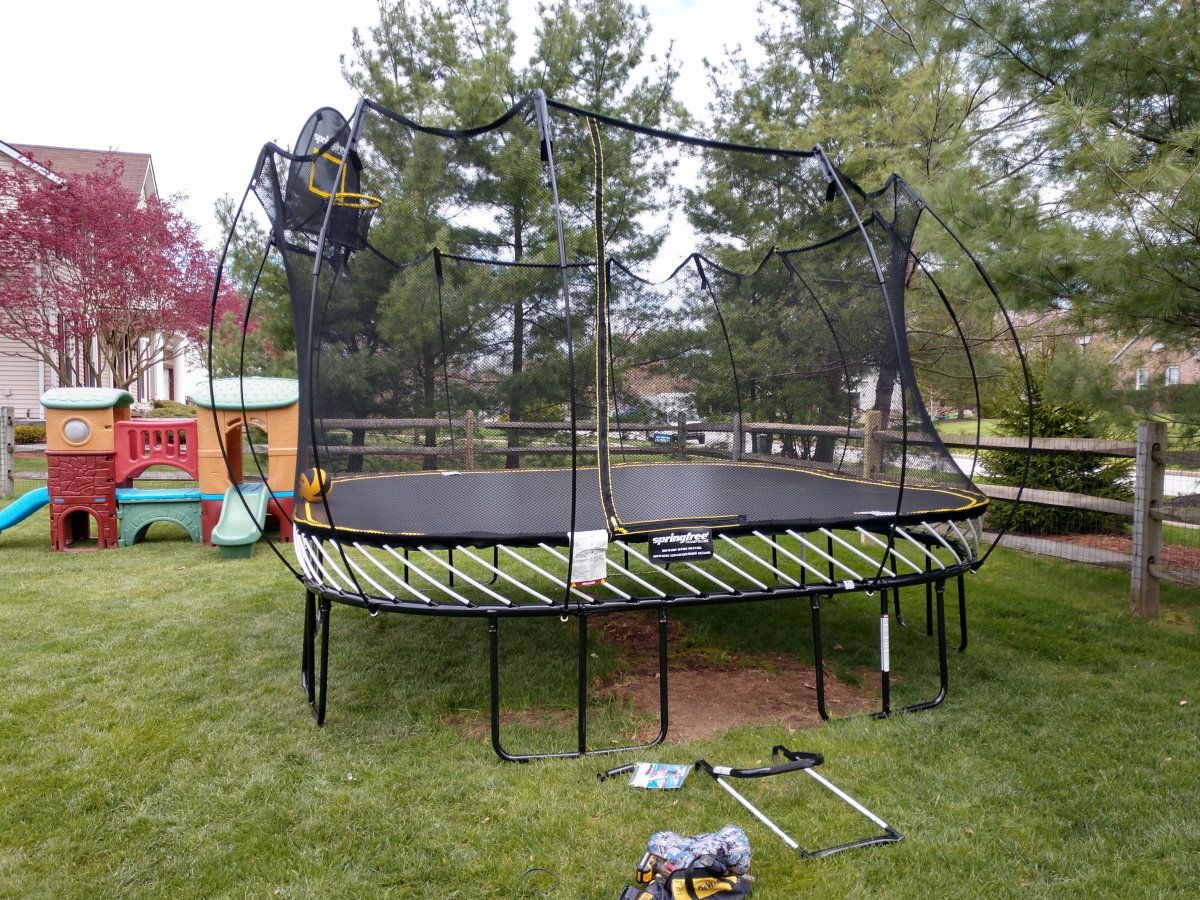Are Trampoline Parks Dangerous
Trampoline parks have exploded in popularity over the past decade, becoming a favorite spot for kids’ birthday parties, family outings, and even fitness enthusiasts. These massive indoor arenas filled with interconnected trampolines look like endless fun, but they also raise serious safety questions. Many parents wonder, are trampoline parks dangerous? While jumping provides excellent exercise and joy, the risks involved in trampoline parks are real and deserve careful attention. Understanding these dangers, how they occur, and how to reduce them can help families make safer choices.

Why Trampoline Parks Became So Popular
Trampoline parks offer a level of excitement that few other activities can match. Children can run, jump, and bounce freely in large open spaces, often with foam pits, basketball hoops, and obstacle courses. These parks give families an alternative to screen time and encourage physical activity. For many parents, the appeal lies in the convenience of a safe indoor play environment—especially during cold or rainy weather. However, as their popularity has increased, so have the reports of injuries, prompting questions about how safe these attractions really are. For families who prefer a more controlled environment, exploring outdoor trampolines or playsets at Kids World Play Systems may offer a safer option.
The Rise in Trampoline Park Injuries
According to the Consumer Product Safety Commission, trampoline-related injuries have steadily increased with the growth of trampoline parks. Emergency rooms now treat thousands of cases every year involving fractures, sprains, and concussions caused by these activities. The biggest risk factors are overcrowding, unsupervised play, and collisions between jumpers of different sizes. Unlike home trampolines, which usually allow one jumper at a time, trampoline parks often encourage group play across large areas. This increases the likelihood of accidents and makes it difficult for staff to monitor every participant.
Common Types of Injuries at Trampoline Parks
The injuries most often reported include broken bones, twisted ankles, and head or neck injuries. Collisions between jumpers are frequent, especially when smaller children share trampolines with older kids or adults. Over-rotations during flips can lead to spinal injuries, while missteps on the springs or frame can cause sprains and bruises. Some of the most serious cases involve jumpers landing awkwardly in foam pits that are not deep enough to cushion the impact. While these injuries are preventable, they highlight how quickly fun can turn dangerous when safety guidelines are not followed.

Safety Regulations and Oversight
One of the challenges with trampoline parks is the lack of consistent safety standards. While home trampolines fall under specific manufacturing guidelines, trampoline parks operate under varying local regulations. The Centers for Disease Control and Prevention notes that injury prevention depends heavily on operator responsibility, staff training, and facility design. Parks that cut corners on maintenance or allow too many people on trampolines at once are more likely to experience accidents. Parents should always check whether a park follows ASTM (American Society for Testing and Materials) safety standards before visiting.
Supervision and Responsibility
One of the biggest safety factors in trampoline parks is supervision. Many injuries occur because children are left unsupervised or staff fail to enforce rules consistently. Even when parks have attendants, the ratio of jumpers to supervisors can be very high. Parents should always stay nearby and observe, even if the park appears well-managed. Making sure children understand the rules—like one jumper per square and no flips—is just as important as having safety equipment in place. Active supervision reduces risk and teaches kids responsible play habits that they can apply anywhere.
Design Differences Between Parks
Not all trampoline parks are created equal. Some have better padding, deeper foam pits, and sturdier trampolines than others. The layout also affects safety; well-designed parks separate jumpers by age or skill level and provide safety nets or barriers between sections. Poorly maintained parks with worn springs, loose padding, or uneven mats can pose hidden dangers. Parents can check reviews or visit in person before allowing their children to play. A clean, organized environment is often a good sign that management takes safety seriously.

How to Make Trampoline Parks Safer
Families who enjoy trampoline parks can still participate safely with a few precautions. Always choose parks that have trained staff, clearly posted safety rules, and limited occupancy per area. Children under six should avoid large group trampolines, as their bodies are still developing and more vulnerable to impact injuries. Wearing proper athletic clothing and removing jewelry also helps prevent accidents. If a child appears tired or overwhelmed, taking breaks is essential. Trampolining is strenuous, and fatigue increases the likelihood of mistakes and falls. For families who prefer bouncing at home, an outdoor trampoline installed properly can be a safer, more controlled environment. To learn more about trampoline safety and its athletic history, see when trampoline was added to the Olympics.
Trampoline Parks vs. Home Trampolines
While both options have risks, home trampolines give families more control over safety. Parents can limit the number of jumpers, install safety nets, and perform regular inspections. At trampoline parks, these factors are largely out of their hands. The density of jumpers and the constant activity make supervision harder. However, the equipment at parks is usually more advanced and maintained by professionals, which can reduce some mechanical risks. Ultimately, the biggest difference is control—at home, parents can manage the environment, but in public parks, they rely on others to enforce safety.
The Role of Safety Education
Education plays a major role in preventing trampoline injuries. Teaching children to jump safely, avoid risky flips, and respect others’ space is vital. Parks that emphasize safety through briefings and signs tend to have fewer accidents. Some even require waivers and safety videos before entry. Parents should reinforce these lessons at home by discussing safe jumping habits and explaining why certain rules exist. The goal is not to remove fun but to ensure it happens in a way that minimizes risk.

Physical Benefits vs. Risks
Trampolining offers undeniable benefits for physical health. It strengthens muscles, improves balance, and provides cardiovascular exercise. Many people also find it boosts mood and reduces stress. However, the risks increase when these activities are performed in crowded environments without proper safety measures. Balancing enjoyment and responsibility is key. Families who prioritize safety can still enjoy the physical and emotional benefits of jumping while avoiding most injuries associated with careless play.
When to Seek Medical Attention
Even minor trampoline accidents can cause significant injuries. Parents should seek medical attention if a child complains of severe pain, swelling, or dizziness after jumping. Delaying treatment can make injuries worse. Healthcare professionals can check for fractures, concussions, or other hidden issues. Quick responses to injuries not only aid recovery but also help identify if park conditions contributed to the problem, allowing families to report unsafe environments when necessary.
Are Trampoline Parks Worth the Risk?
Whether trampoline parks are worth visiting depends on each family’s comfort level and the quality of the facility. Responsible management, strong supervision, and well-maintained equipment can make them relatively safe. However, parents should never assume all parks meet these standards. Doing research and being present during play makes a huge difference. If the risks feel too high, building a safe outdoor play space at home may be a better choice. To explore options for family-friendly trampolines and play equipment, visit the contact page at Kids World Play Systems.

Conclusion
So, are trampoline parks dangerous? The answer depends on how they’re managed and how carefully families approach safety. While they provide fun and fitness opportunities, poor supervision and overcrowding make accidents more likely. Parents who educate their children, choose reputable parks, and remain attentive can significantly reduce risks. For those seeking a safer, more personal way to enjoy trampolining, at-home setups may offer the best balance of fun and safety. In the end, awareness and preparation are what turn a risky activity into a safe and enjoyable experience for everyone.
